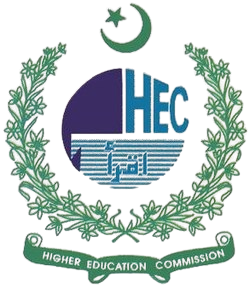A CORPUS-BASED LINGUISTIC ANALYSIS OF DISCOURSE MARKER USAGE IN ENGLISH GRADUATE STUDENTS’ ACADEMIC PRESENTATIONS
DOI:
https://doi.org/10.63878/jalt1280Abstract
This study investigated the use of discourse markers (DMs) in English graduate students’ academic presentations to assess their academic tone. Using a mixed-method design and a corpus-based approach, the analysis was grounded in the three meta-functions of Halliday’s Systemic Functional Linguistics (1978). Moreover, the Fung and Carter’s (2007) four-category DM categorization framework was used. Additionally, AntConc software was used to analyze DMs frequencies, KWIC, and collocations, while Python was applied for data filtration and visualization. The data were collected from 60 MS English students at COMSATS University Islamabad (CUI) over two academic years (Spring 2023-Fall 2024) and were transcribed and compiled into a corpus of 67,166 tokens. However, after preprocessing with Python (spaCy), the final corpus was reduced to 37,554 tokens.
Results showed that cognitive markers category accounted for 39% of usage, followed by referential markers (36%), interpersonal (19%), and structural markers (6%). The most frequent individual DMs encompassed “like” (731), “you know” and “so” (341 each), “but” (330), and “also” (307). These frequencies indicated a strong reliance on non-academic markers. In contrast, academic DMs were used less frequently. For instance, “finally” appeared 55 times, “however” 13 times, and “therefore” nine times, while other formal markers such as “additionally” and “to sum up” appeared fewer than ten times. These results reflect a significant reliance on non-academic tone and conversational features in students’ academic speech. The study highlights the need for targeted pedagogical interventions to enhance students’ awareness and use of academic DMs in spoken academic settings.
Downloads
Published
Issue
Section
License

This work is licensed under a Creative Commons Attribution-NonCommercial-NoDerivatives 4.0 International License.


